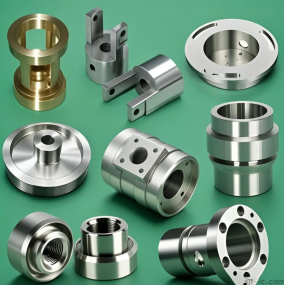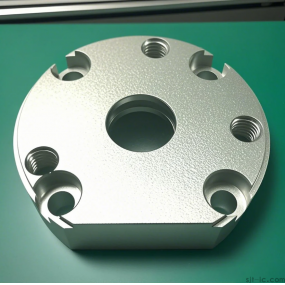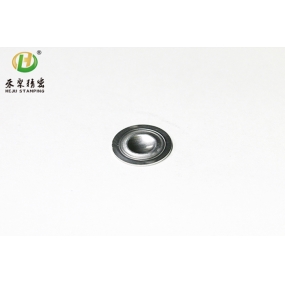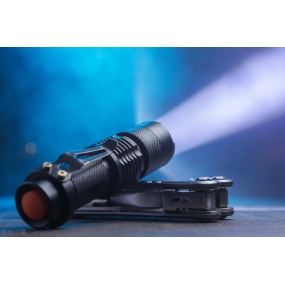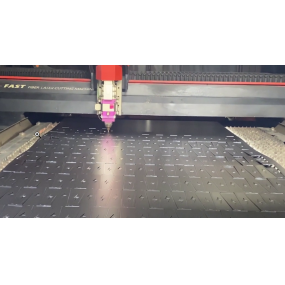1、 Medical precision parts require extremely high precision in machining: Medical equipment typically requires extremely high precision to ensure its performance and safety, so cutting tools must be able to achieve sub micron level machining accuracy. This requires strict control of errors in the design, manufacturing, and use of cutting tools to ensure that the dimensions and shapes of the machined parts are accurate and error free. 2. Compatibility and adaptability of medical precision parts processing materials: Special materials such as titanium alloys (such as Ti6Al-4V) with high strength, corrosion resistance, and good biocompatibility are commonly used in medical devices. These materials generate significant cutting forces and cutting heat during the machining process, so cutting tools need to have good wear resistance, heat resistance, and corrosion resistance to meet the machining challenges of these special materials. 3、 Medical precision parts processing surface quality · High quality surface smoothness: Medical devices implanted in the human body require very good surface smoothness, without any burrs or scratches. Therefore, cutting tools need to have sharp edges and stable cutting performance to ensure that the surface of the machined parts is flat, smooth, and defect free. 4、 Stability and Durability of Medical Precision Parts Processing: The processing of medical devices often requires multiple tool changes and adjustments, and the tools must be able to maintain a stable working state to avoid affecting processing accuracy due to vibration or deformation· Durability: Considering the small batch and multi variety production characteristics of medical devices, cutting tools need to have a longer service life to reduce production costs and improve production efficiency. 5、 Special design requirements for medical precision parts processing - miniaturization design: In order to adapt to the compact structure and small size of medical devices, cutting tools often need to be miniaturized while ensuring sufficient rigidity and strength· Special coating: In order to improve the wear resistance, heat resistance, and corrosion resistance of cutting tools, many medical precision machining tools will use special coating technologies, such as hard alloy coatings, ceramic coatings, etc. 6、 Medical precision parts processing cleaning and hygiene requirements · Strict cleaning process: As medical devices are directly related to the health of patients, cutting tools must maintain extremely high cleanliness during use to avoid contamination and cross infection. The processing plant needs to establish a strict and standardized cleaning process, including the cleaning, disinfection, and storage of cutting tools.
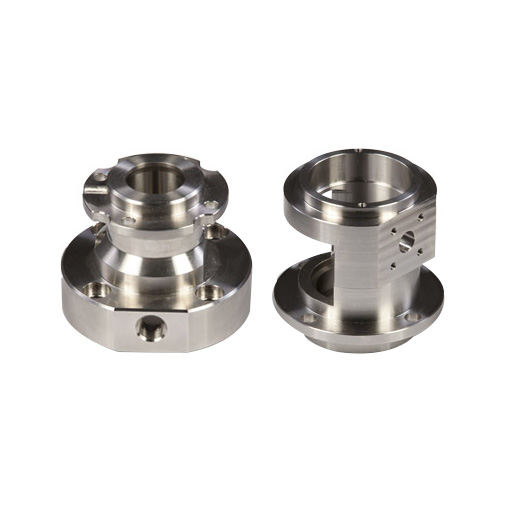


 Spanish
Spanish Arabic
Arabic French
French Portuguese
Portuguese Belarusian
Belarusian Japanese
Japanese Russian
Russian Malay
Malay Icelandic
Icelandic Bulgarian
Bulgarian Azerbaijani
Azerbaijani Estonian
Estonian Irish
Irish Polish
Polish Persian
Persian Boolean
Boolean Danish
Danish German
German Filipino
Filipino Finnish
Finnish Korean
Korean Dutch
Dutch Galician
Galician Catalan
Catalan Czech
Czech Croatian
Croatian Latin
Latin Latvian
Latvian Romanian
Romanian Maltese
Maltese Macedonian
Macedonian Norwegian
Norwegian Swedish
Swedish Serbian
Serbian Slovak
Slovak Slovenian
Slovenian Swahili
Swahili Thai
Thai Turkish
Turkish Welsh
Welsh Urdu
Urdu Ukrainian
Ukrainian Greek
Greek Hungarian
Hungarian Italian
Italian Yiddish
Yiddish Indonesian
Indonesian Vietnamese
Vietnamese Haitian Creole
Haitian Creole Spanish Basque
Spanish Basque



